The Pipeline Dewatering Pig is a specialized tool designed specifically for removing water from pipelines. It is particularly useful after hydrostatic testing or in situations where condensation and water accumulation pose significant risks. These risks can severely threaten the integrity and efficiency of the pipeline system. Consequently, this tool is crucial for maintaining the necessary dryness. Ensuring this dryness is essential, as it helps prevent corrosion, contamination, and damage. Such issues are particularly critical in pipelines that carry oil, gas, or chemicals, where maintaining structural integrity is paramount.
Key Features and Functions of the Pipeline Dewatering Pig
Material Composition: Made from highly absorbent materials like open-cell polyurethane foam or other proprietary blends. The Pipeline Dewatering Pig can absorb and remove significant volumes of water. It operates effectively as it travels through the pipeline.
Customizable Design: The pig can be tailored with various coatings and abrasives. These enhancements boost its scraping and cleaning actions. They are essential for removing water, debris, and residues. These elements could impede pipeline performance.
Flexibility and Adaptability: Its flexible nature allows navigation through complex pipeline features. It can handle bends, valves, and diameter changes. This makes it effective in complex pipeline geometries where rigid tools might fail.
Sealing Capabilities: The Dewatering Pig often features a design that allows for tight sealing along the pipe’s inner walls. This sealing action helps to push out water effectively and ensures that even small amounts of residual moisture are removed.
Versatility: Suitable for use in a variety of pipeline materials and diameters, these pigs can be used in different sectors including oil and gas, water treatment, and chemical industries.
Ease of Installation and Operation: Standard pig launchers and receivers can introduce and retrieve the pig from the pipeline. The product flow itself or an external driving force such as water or air pressure propels the pig through the pipeline.
Environmental Safety: The use of mechanical dewatering methods such as this pig minimizes the need for chemical drying agents, which can be harmful to the environment and require careful handling.
Cost-Effective Maintenance Tool: Regular use of dewatering pigs helps maintain the pipeline’s integrity, reducing the need for expensive repairs or replacements caused by water damage.
Applications of the Pipeline Dewatering Pig
Post-Testing Clearance: After hydrostatic testing, dewatering pigs efficiently remove test water. This ensures the line is dry before service resumes.
Operational Maintenance: In humid or marine environments, dewatering pigs remove condensation or accumulated water. This prevents corrosion or freezing in colder climates.
Commissioning and Decommissioning: During new pipeline commissioning or old pipeline decommissioning, dewatering pigs keep the lines moisture-free.
Overall, the Pipeline Dewatering Pig is an essential tool for any pipeline maintenance program, enhancing the safety, efficiency, and longevity of pipeline operations across various industries.
Parameters
| Name | Customized Foam Pig | ||||
| Material | Polyurethane | ||||
| Light Density | 0.02-0.3g/m3 | ||||
| Medium Density | 0.08-0.12g/m3 | ||||
| Heavy Density | 0.13-0.16g/m3 | ||||
| Feature | 1. High wear resistance | ||||
| 2. Good cleaning performance | |||||
| 3. Low cost | |||||
| Payment | TT/LC | ||||
| Advantage | 1. They are lightweight and flexible. | ||||
| 2. Nice cleaning efficiency. | |||||
| 3. Accurate location tracking. | |||||
Polyurethane Test Report
| Polyurethane Test Report | ||||
| NO. | TEST PROJECT | UNIT | TEST REPORT | TEST METHOD |
| 1 | Shore hardness | Shore A | 83 | GB/T 531.1-2008 |
| 2 | DIN abrasion | mm3 | 21 | GB/T 53516-1987 |
| 3 | Akron abrasion | cm3 | 0.0518 | GB/T 1689-1998 |
| 4 | 100% stress at definite elongation | MPa | 3.41 | GB/T 528-2009 |
| 5 | 300% stress at definite elongation | MPa | 5.74 | GB/T 528-2009 |
| 6 | Tensile strength | MPa | 51.2 | GB/T 528-2009 |
| 7 | Elongation at break | % | 1263 | GB/T 528-2009 |
| 8 | Tear strength(right angle) | kN/m | 77 | GB/T 529-2008 |
| 9 | Resilience rate | % | 34 | GB/T 1681-2009 |


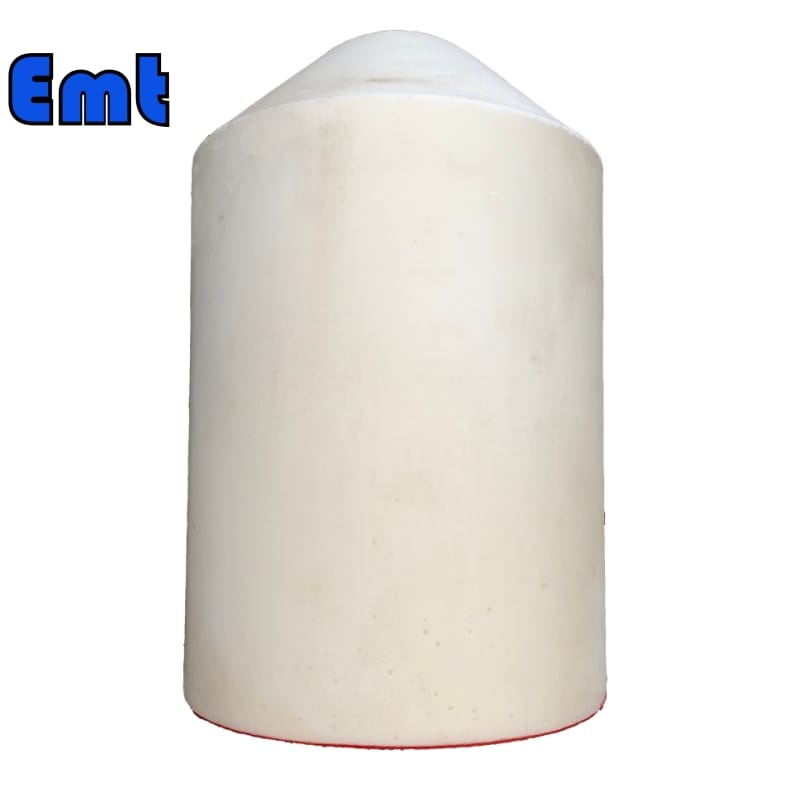
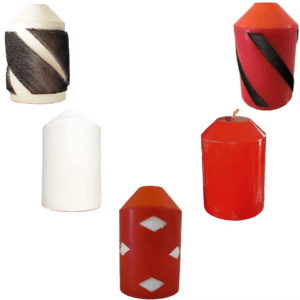
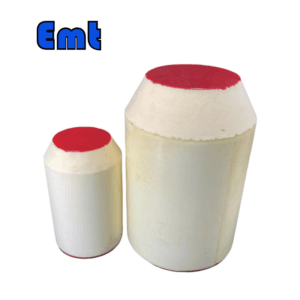
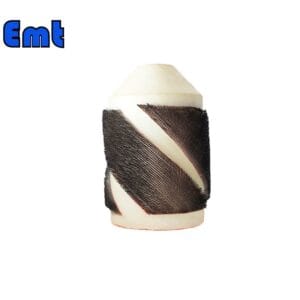
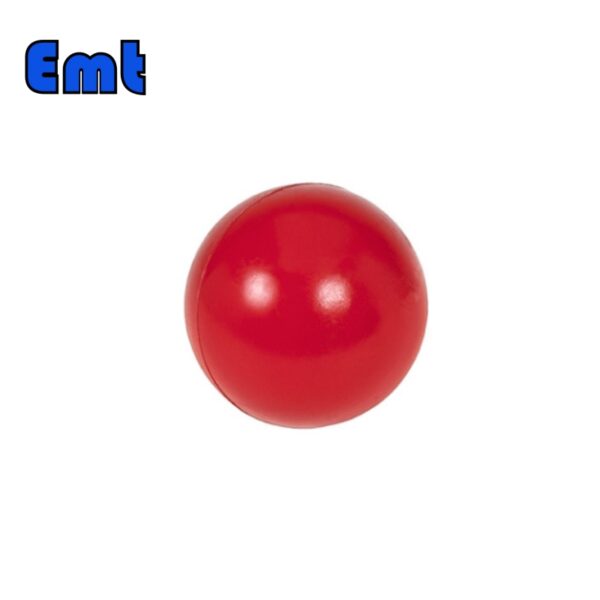
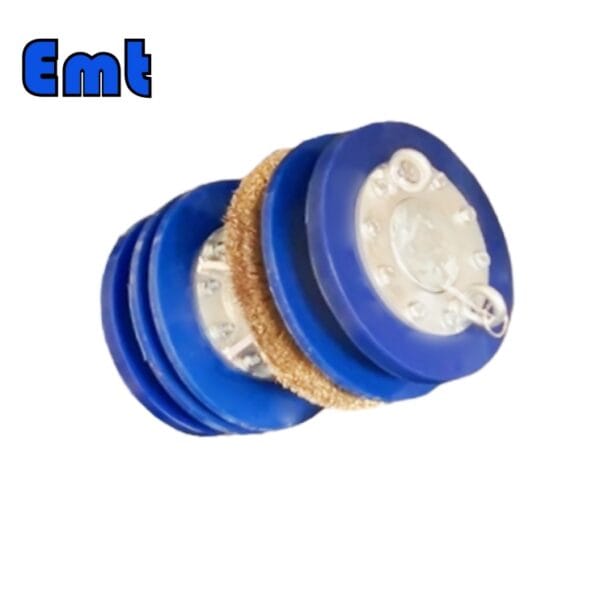
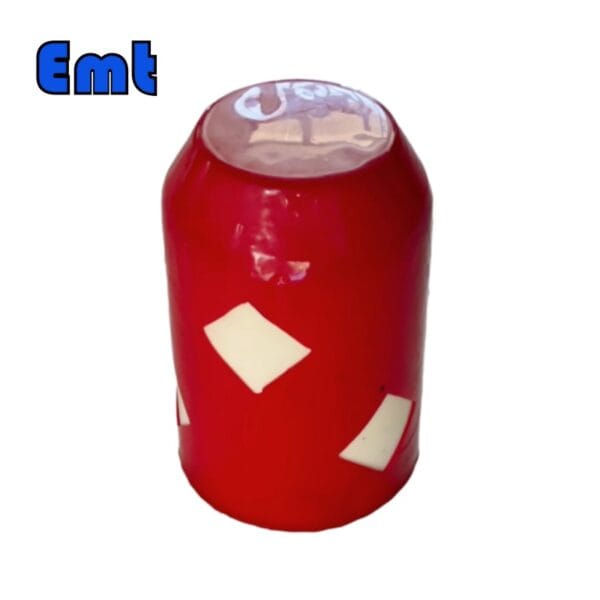
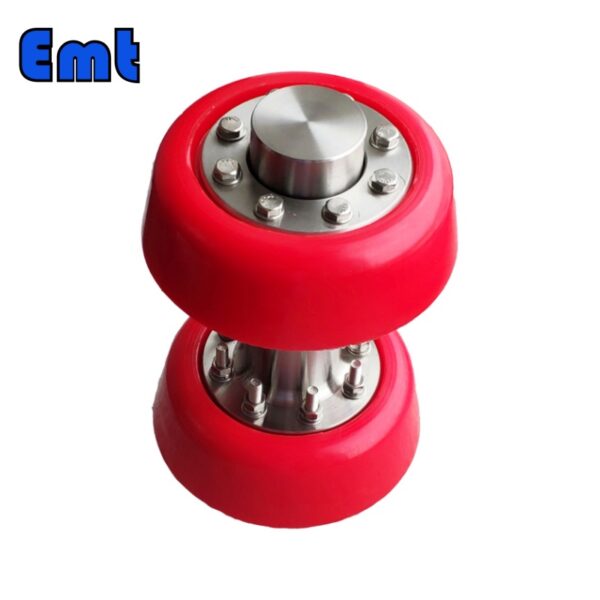
There are no reviews yet.